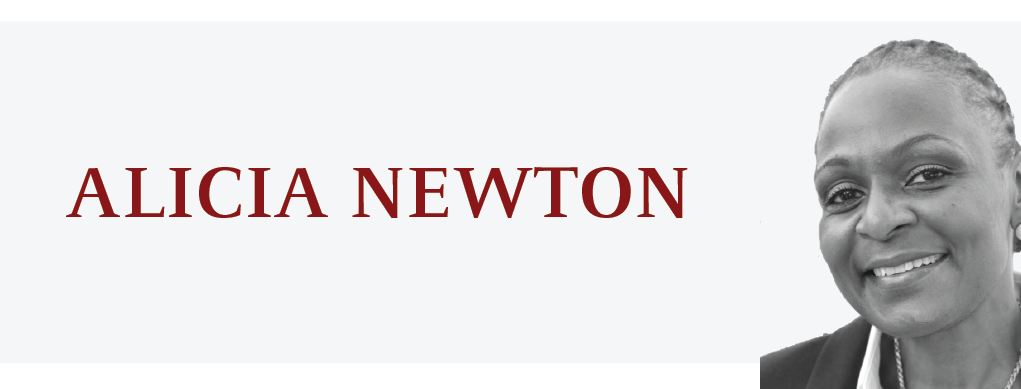 Robotripping, dank, bath salts, spice, triple C’s, skittles, Roxies, Oxys, Xanibars, K2, if these names don’t sound familiar, the current trends in juvenile drug abuse are as surprising to you as they were to me.
Robotripping, dank, bath salts, spice, triple C’s, skittles, Roxies, Oxys, Xanibars, K2, if these names don’t sound familiar, the current trends in juvenile drug abuse are as surprising to you as they were to me.
A recovering addict myself, I was alarmed to learn what kinds of drugs are being used by our youth today. The drugs are mostly synthetic, increasingly lethal, tend to require medically supervised withdrawal, and, in many cases, are undetectable by drug test.
In 2010, SAMHSA reported 10.1 percent of youths aged 12 to 17 were current illicit drug users. That same year, the rate of current illicit drug use was higher among young adults aged 18 to 25, stood at 21.5 percent.
The rate of binge drinking in 2010 was 40.6 percent for young adults aged 18 to 25. Heavy alcohol use was reported by 13.6 percent of persons aged 18 to 25. According to the CDC about 90 percent of the alcohol consumed by youth under the age of 21 in the United States is in the form of binge drinks. The National Institute on Alcohol and Drug Abuse reported 42 percent of college students report binge drinking in the previous two weeks. All of them do not go on to become alcoholics. But enough of them do so that support systems in our schools and colleges are implemented
Detox, treatment, and on-going relapse prevention that includes 12-step meetings have been the path to freedom for thousands on the road to recovery. For many teens in recovery, returning to school means returning to the same environment they drank and used drugs in; a vulnerable position for someone new in recovery. Some communities are responding with Sober High Schools and many colleges have Collegiate Recovery Communities (CRC’s).
Dr. Kitty Harris, Director, Center for Study of Addiction and Recovery, Texas Tech University said recently that “going to college in early recovery is almost impossible without support.”
During a recent conference called Understanding and Responding to Young Adult Addiction and Recovery, held at Kennesaw State University in Georgia, Dr. Steven Lee, Program Director for Adult Psychiatric Partial Hospitalization Services and Young Adult Addiction Services at Ridgeview Hospital in suburban Atlanta, said “I have never seen anything like what I have witnessed over the last five years. More kids are using opiates, withdrawal is riskier and I have seen more children die.”
Education, a staunch repudiation of denial, community, and systems that support on-going recovery are needed to thwart these deadly threats to our children. Drugs, cheap drugs, are available in our homes (prescription medication), on-line (bath salts, K2) at the local head shop, and in our schools.
How do you know if a child is using drugs or alcohol? The nature of addiction is insidious and shrouded in denial making detection and diagnosis difficult. However, according to the National Council on Alcoholism and Drug Dependence there are some behavioral, physical and psychological signs to pay attention to:
Physical and health warning signs of drug abuse
- Eyes that are bloodshot or pupils that are smaller or larger than normal.
- Frequent nosebleeds -- could be related to snorted drugs (meth or cocaine).
- Changes in appetite or sleep patterns. Sudden weight loss or weight gain.
- Seizures without a history of epilepsy.
- Deterioration in personal grooming or physical appearance.
- Injuries/accidents and person won’t or can’t tell you how they got hurt.
- Unusual smells on breath, body, or clothing.
- Shakes, tremors, incoherent or slurred speech, impaired or unstable coordination.
Behavioral signs of drug abuse
- Drop in attendance and performance at work or school; loss of interest in extracurricular activities, hobbies, sports or exercise; decreased motivation.
- Complaints from co-workers, supervisors, teachers or classmates.
- Unusual or unexplained need for money or financial problems; borrowing or stealing; missing money or valuables.
- Silent, withdrawn, engaging in secretive or suspicious behaviors.
- Sudden change in relationships, friends, favorite hangouts, and hobbies.
- Frequently getting into trouble (arguments, fights, accidents, illegal activities).
Psychological warning signs of drug abuse
- Unexplained change in personality or attitude.
- Sudden mood changes, irritability, angry outbursts or laughing at nothing.
- Periods of unusual hyperactivity or agitation.
- Lack of motivation; inability to focus, appearing lethargic or “spaced out.”
- Appearing fearful, withdrawn, anxious, or paranoid, with no apparent reason.
Our youth in recovery face unique challenges. Getting clean and staying clean must be navigated around the joy seeking rite of passage adolescents and young adults experience. Peer acceptance, sorting out identity, having fun, and reconciling the wreckage of addiction to move forward must be addressed to embark upon a sustainable road to recovery.
The data from the existing programs are phenomenal. Dr. Harris reported a 97 percent recovery rate in the fall 2011 CRC students. Both Texas Tech and Kennesaw State reported higher grade point averages among CRC students versus the general student body. Why all colleges do not have CRC’s and why more sober high schools are not in existence is evidence of the deep denial around this challenge. The statistics speak for themselves.
Detection, diagnosis, treatment, and long term support networks in our schools, colleges, and 12 step programs are our best defense against this scourge that is threatening, growing, impairing and killing our children.
